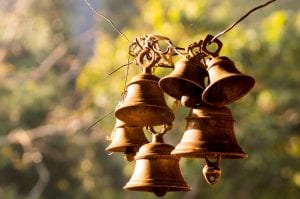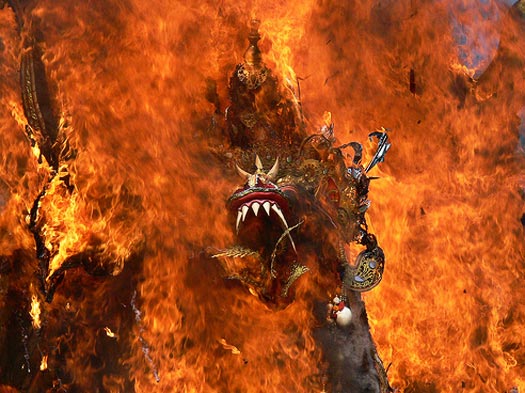Hindu Funeral Customs and Rituals

Note: Hindu funeral service rituals vary between sects and subsects. The following information is generalized to be representative of Hindu funeral customs and traditions. If you have specific questions relating to Hindu funeral customs for an individual sect, we recommend that you consult with your spiritual advisor.
Hinduism is the third largest religion in the world. It is estimated to have nearly a billion followers. Unlike other religions, Hinduism has no founder and no common creed or doctrine. Most prevalent among Asian Indians, the religion teaches that God is within each being and object in the universe and also transcends every being and object. It teaches that the essence of each soul is divine; and that the purpose of life is to become aware of that divine essence.
The Hindu gods and goddesses can be called on to help. Their goal is to help believers transcend the world as it is ordinarily perceived and realize the divine presence. The many forms of Hindu worship, ritual and meditation are intended to lead the soul toward the direct experience of God or Self.
Although the physical body dies, the individual soul has no beginning and no end. It may pass to another through reincarnation, depending on one’s karma (the consequences of one’s actions over lifetimes). If the soul has realized the true nature of reality, it may become one with the Brahman, the “One.”
Those of the Hindu faith prefer to die at home, surrounded by their family who will keep vigil. According to Hindu funeral customs, the body remains at the home until it is cremated, which is usually within 24 hours after death. The ashes are typically scattered at a sacred body of water or at some other place of importance to the deceased.
At the service, referred to as a wake, mourners may dress casually. White is the preferred color for both males and females. Black is considered inappropriate. An open casket will be present with a priest or “karta” presiding over the proceedings. Hymns and mantras are recited and some services include a fire sacrifice (home). Offerings are made to ancestors and gods.
 Burning bodies outside becomes popular in Colorado has roots in Bali. Burning bodies outside becomes popular in Colorado has roots in Bali. |
Flowers may be offered, but bringing food is not part of the Hindu custom. There is always an open casket and guests are expected to view the body. The Hindu priest and senior family members conduct the ceremony.
Guests of other faiths, as well as Hindus, are welcome to participate, but not expected to do so. Using a camera or recorder of any kind is not considered polite.
Ten days later, a ceremony is held at the home of the deceased in order to liberate the soul for its ascent into heaven. Visitors are expected to bring fruit. The mourning period ranges from 10 to 30 days after the death.
| Hindu Quick Reference Guide | |
|---|---|
| Length of Service | Depends |
| Flowers? | Yes – or gift of fruit to the family home. (See our Sympathy Flowers) |
| Food? | No |
| Dress Code? (Men/Women) | White & Casual |
| Recording Devices? | No |
| Source of Readings? | Mantra |
| Open Casket? | Always, but do not touch the body. |
| Return to Work? (Days) | 10 – 30 |
| No. of Days to Mourn? | 10 – 30 |
| Embalming? | Permitted but not typical. |
| Cremation? | Preferred |
| Body/Organ Donation? | Up to the individual. |

